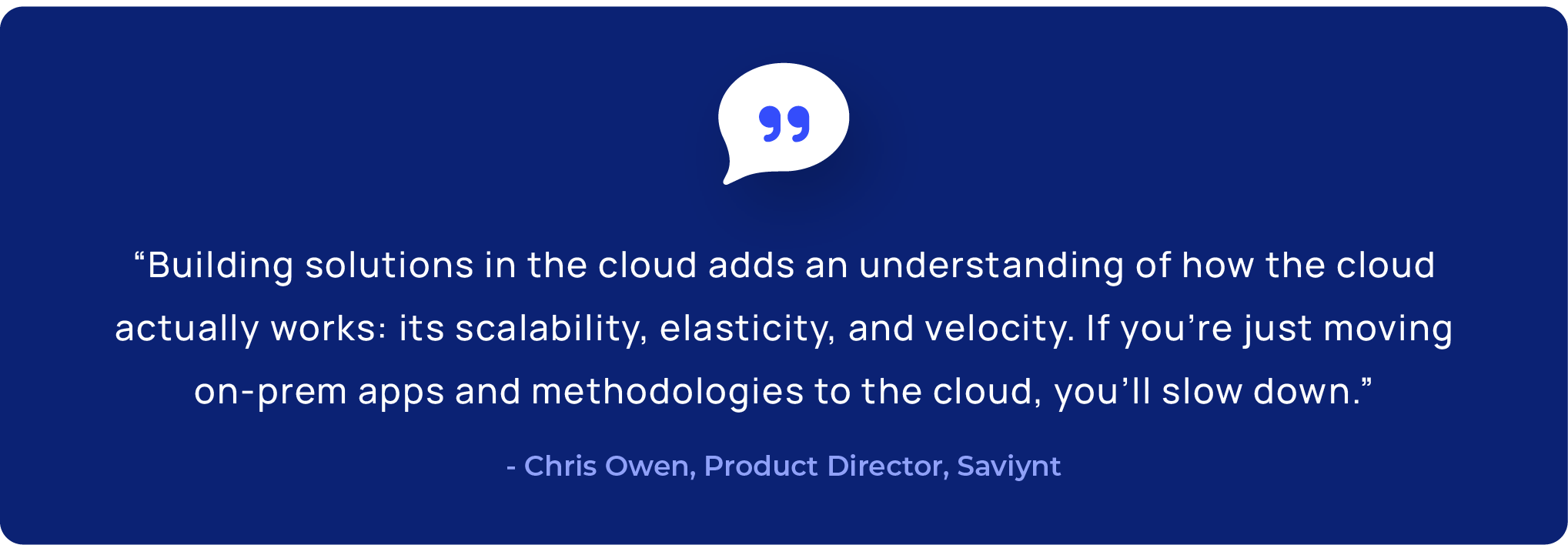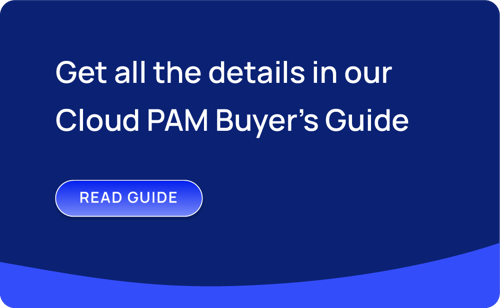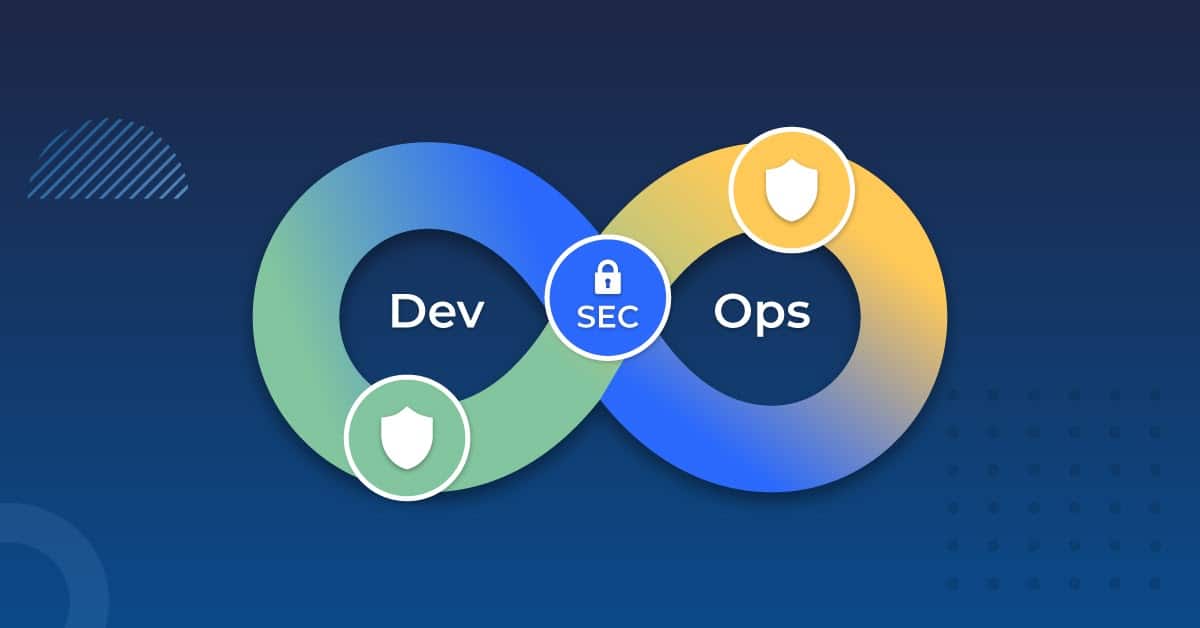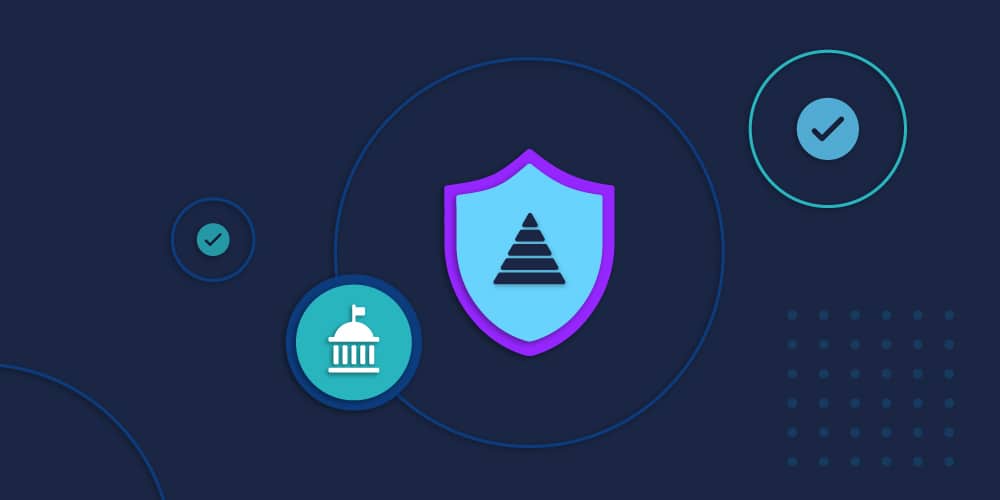2. A Modern Cloud PAM Solution Should Detect Cloud Entitlements & Misconfigurations
Granular awareness of identities, resources, and entitlements is a must-have to manage privileged access across hybrid multi-cloud environments. How PAM solutions get this information and what they do with this awareness can be an important differentiator.
One characteristic to look for is whether or not this visibility comes right “out of the box” or if it is achieved after months of rule creation and tuning, for example. Ease of onboarding, including real-time discovery of workload or entitlement discovery can deliver useful insights to help you address risks sooner.
We see this as a crucial characteristic because enterprises have a nasty habit of splicing disparate solutions when trying to reduce risks. Once these disparate cloud security services, access management, privileged user access, and governance tools are put in place, leaders are left with disjointed access management processes and inconsistent implementation of infosec policies. The inherent complexity and inconsistency that comes with this approach weaken an organization’s overall security posture.










